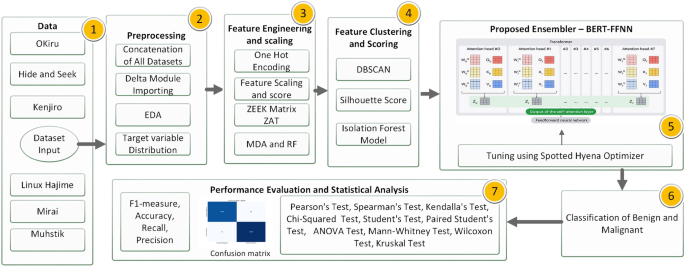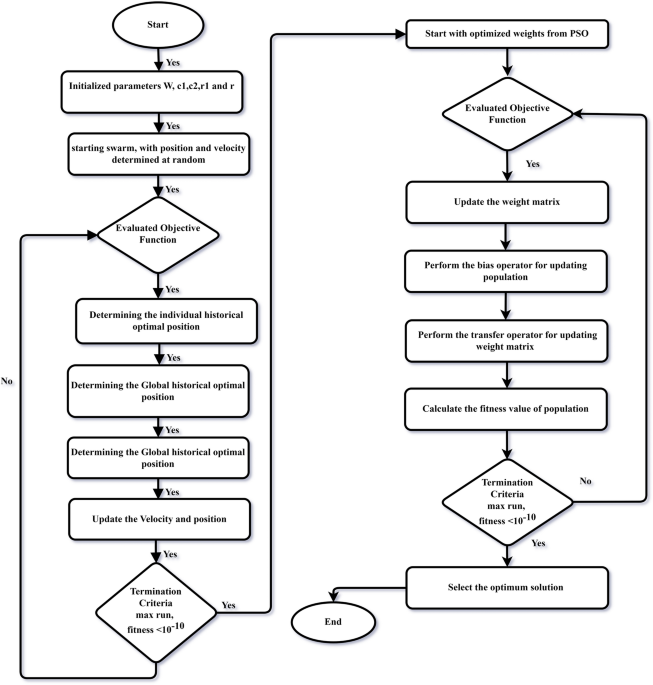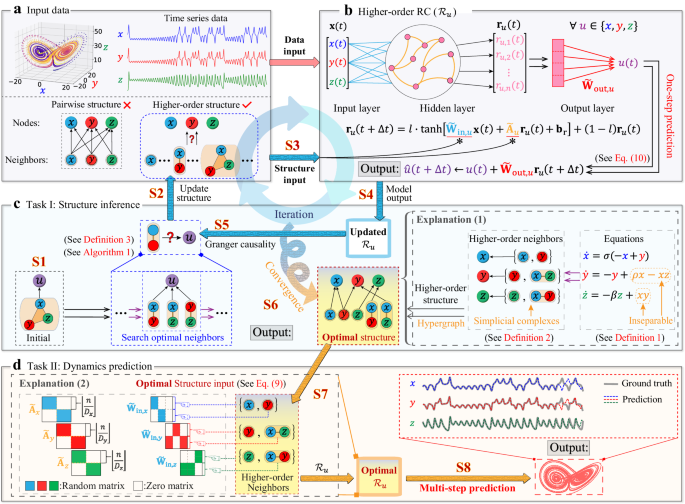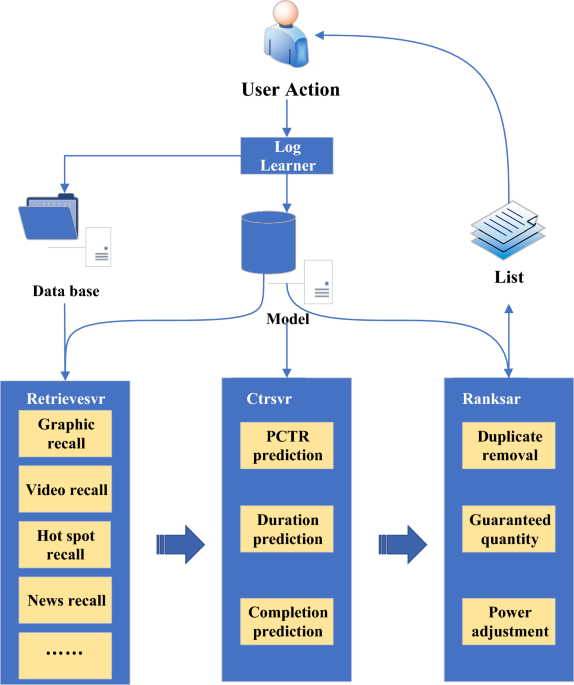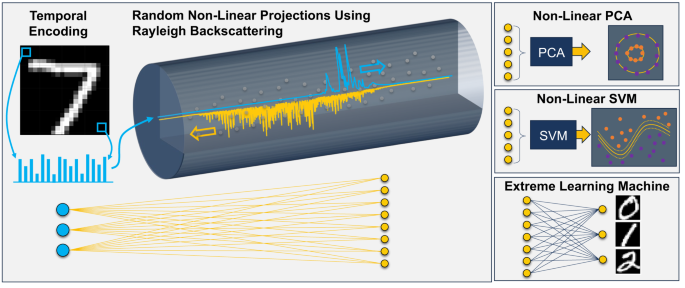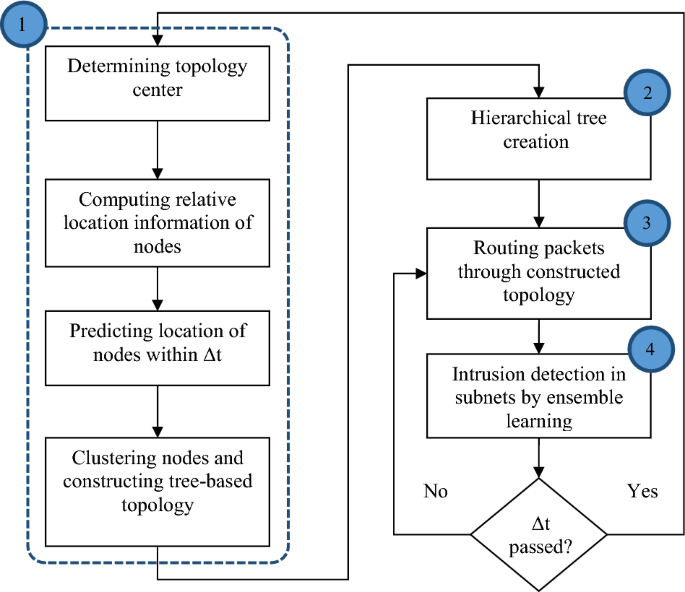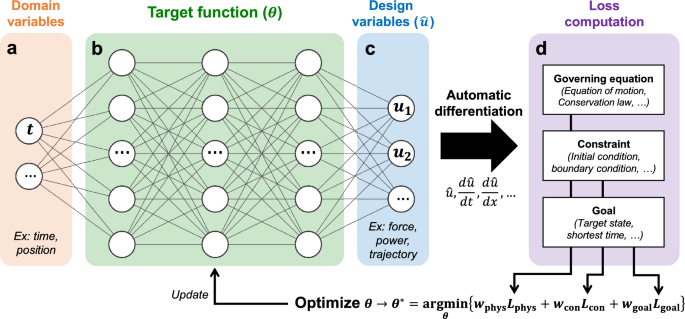Deep learning hybridization for improved malware detection in smart Internet of Things
This paper presents a hybrid deep-learning approach to malware detection that employs the use of a diverse set of eight unique malware datasets. Figure 1 shows a visual illustration of the process of the proposed paradigm. Figure 1 Proposed BEFSONet malware detection model. In the first step, the datasets are loaded into data frames and …

